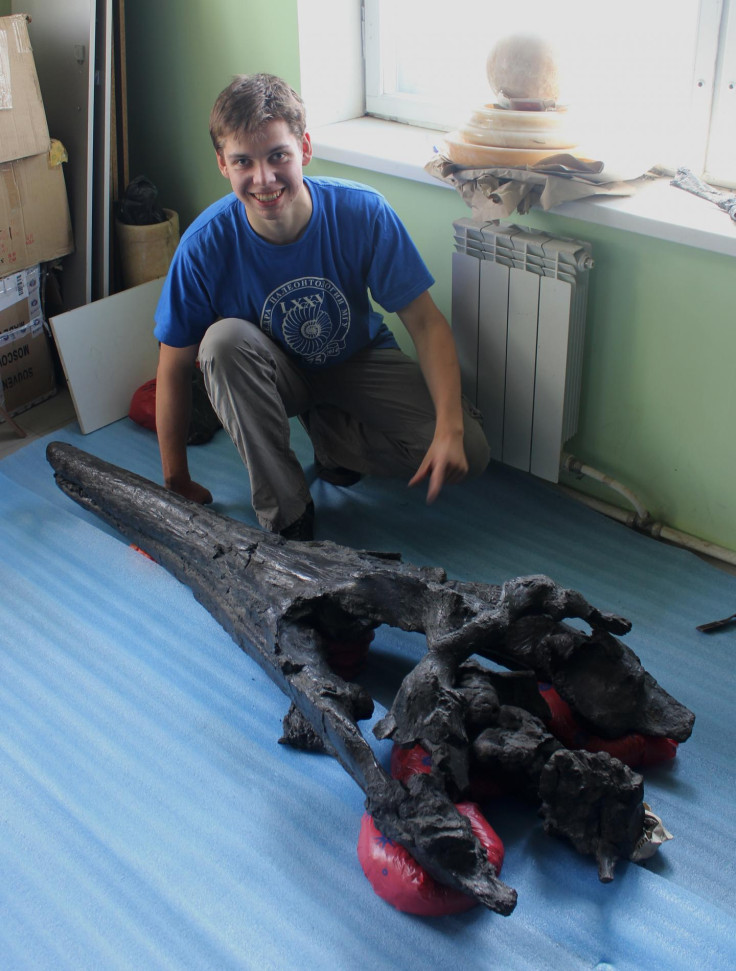Strange 'spirit of the water' reptile from dinosaur age discovered in the Volga River
The pliosaur was a more gentle relative of its large and fearsome cousins.

A new type of swimming reptile has been discovered in Russia on the banks of the Volga River. It has been given the Mongolian name for the river, meaning spirit of the water.
The reptile – a new species of pliosaur – has been named Luskhan itilensis, which translates as spirit and master of the Volga River. The large marine creature was a fully grown adult, at roughly 5 metres long from tip to tail. It was found 20 kilometres to the north of the city of Ulyanovsk, in south-western Russia.
The fossil skeleton was first discovered in 2002, in sediment deposits laid down 130 million years ago in the early Cretaceous. It has now been discovered to be a new species, with the findings published in the journal Current Biology.
The reptile was unlike any other advanced pliosaur of its time. The plesiosaurs - a group of marine reptiles including the pliosaurs - were thought to feed primarily on large marine animals and fish. The group included some of the most deadly predators on the planet.
"Many pliosaurs have features of the jaws and teeth suggesting they could tackle large prey such as big fish and other reptiles," study author Roger Benson of the University of Oxford told IBTimes UK.
But Luskhan itilensis had a much daintier appetite. Its skull was long and slender, and the animal had quite small teeth. This suggests that it ate smaller prey than its relatives, focusing on squid and fish.
"This is rare among pliosaurs. In fact, the specific tooth and jaw features seen in Luskhan are strikingly similar to those of a later group of short-necked plesiosaurs called polycotylids."
This degree of similarity between such distantly related plesiosaurs has never been seen before, Benson said.
"The new discovery has shown that ... diversity of pliosaurs was wider and their evolutionary history is more complicated than previously thought," added Nikolay Zverkov of Lomonosov Moscow State University.
"For a long period of time there has been almost no information, concerning the Early Cretaceous pliosaurs. And this period in the pliosaur history is called the "Neocomian gap". However, the discoveries of the last years allow to close this gap."
The pliosaurs were among the longest-living groups throughout the period that dinosaurs were alive. They survived from 201 million years ago in the Jurassic right up until the end of the dinosuars 66 million years ago.

© Copyright IBTimes 2025. All rights reserved.






















